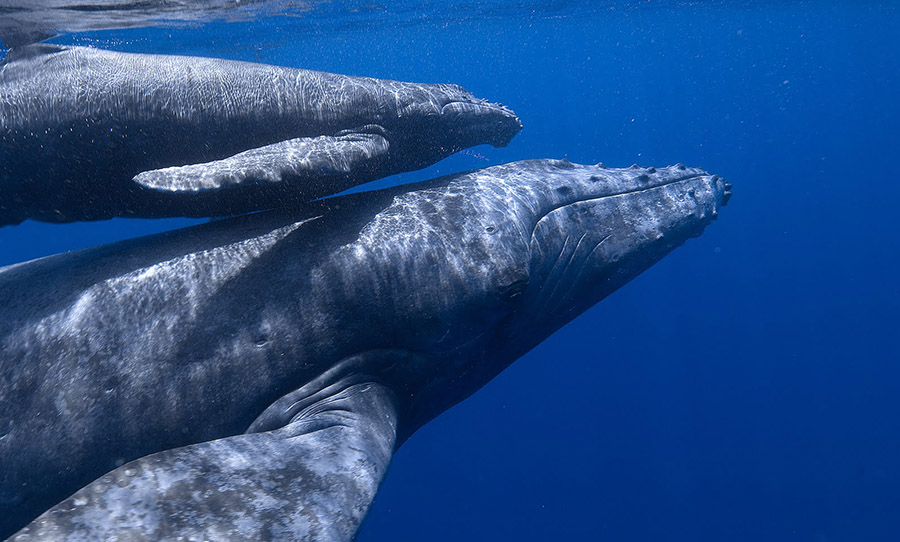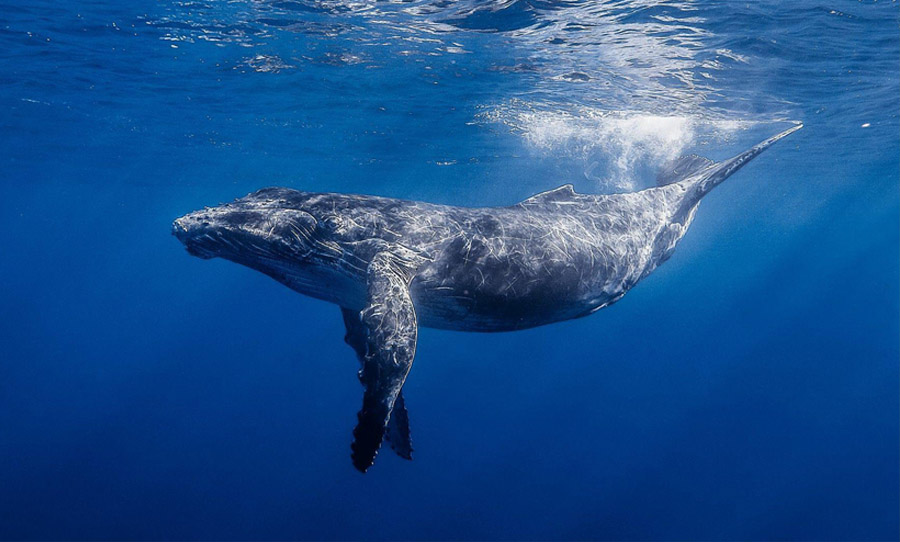A previously undiscovered population of blue whales have been discovered in the Indian Ocean after scientists noticed “novel song-type” in their hydrophone recordings.
The blue whale is the largest creature to ever have roamed the earth, but despite its apparent majesty, this beast was hunted to near extinction in the 20th century. Nowadays, the global population of blue whales is estimated to be between 10,000 and 25,000.
Which is why a group of scientists recently sprung into action at the discovery of a new blue whale song, suggesting a previously hidden population of whales in the northern Indian Ocean. The findings were published in a paper early December.

Blue whale songs – referred to as vocalisations – have previously been categorised into just 13 types. It’s not known how these song types are significant to different blue whale populations around the world, but what researchers do know is that the same song types are stable for decades at a time. An eastern north Pacific blue whale, for instance, will likely be singing the same song (with only minor differences such as dips in frequency) as its locality was in the 1960s.
This new song type “implies the probable existence of a population that has been undetected or conflated with another population”, and “is in critical need of status assessment and conservation action.”
Speaking to the New York Times, researcher Dr. Salvatore Cerchio shared:
“It’s like hearing different songs within a genre – Stevie Ray Vaughan versus B. B. King… It’s all blues, but you know the different styles.”
Their team had initially been pursuing a pod of Omura’s whales, but dropped their recording devices to deeper waters when they first discovered the hints of a possible new blue whale song type.
Blue whale songs are amongst the deepest sounds made by any animal, vocalised between 8 and 25 Hz, where a human being with good ear health can perceive as low as 20 Hz. If you’ve heard a recording of them, it’s likely been sped up or re-pitched to make it more legible to your tiny human ears.
Whether or not we can hear them, it’s a beautiful thing for whales to be singing to one another in the deep, and maybe even more wonderful that whales from different locales have their own songs to share. Here’s hoping this new pod of blue whales is happy, healthy, and will continue to sing for years to come.



